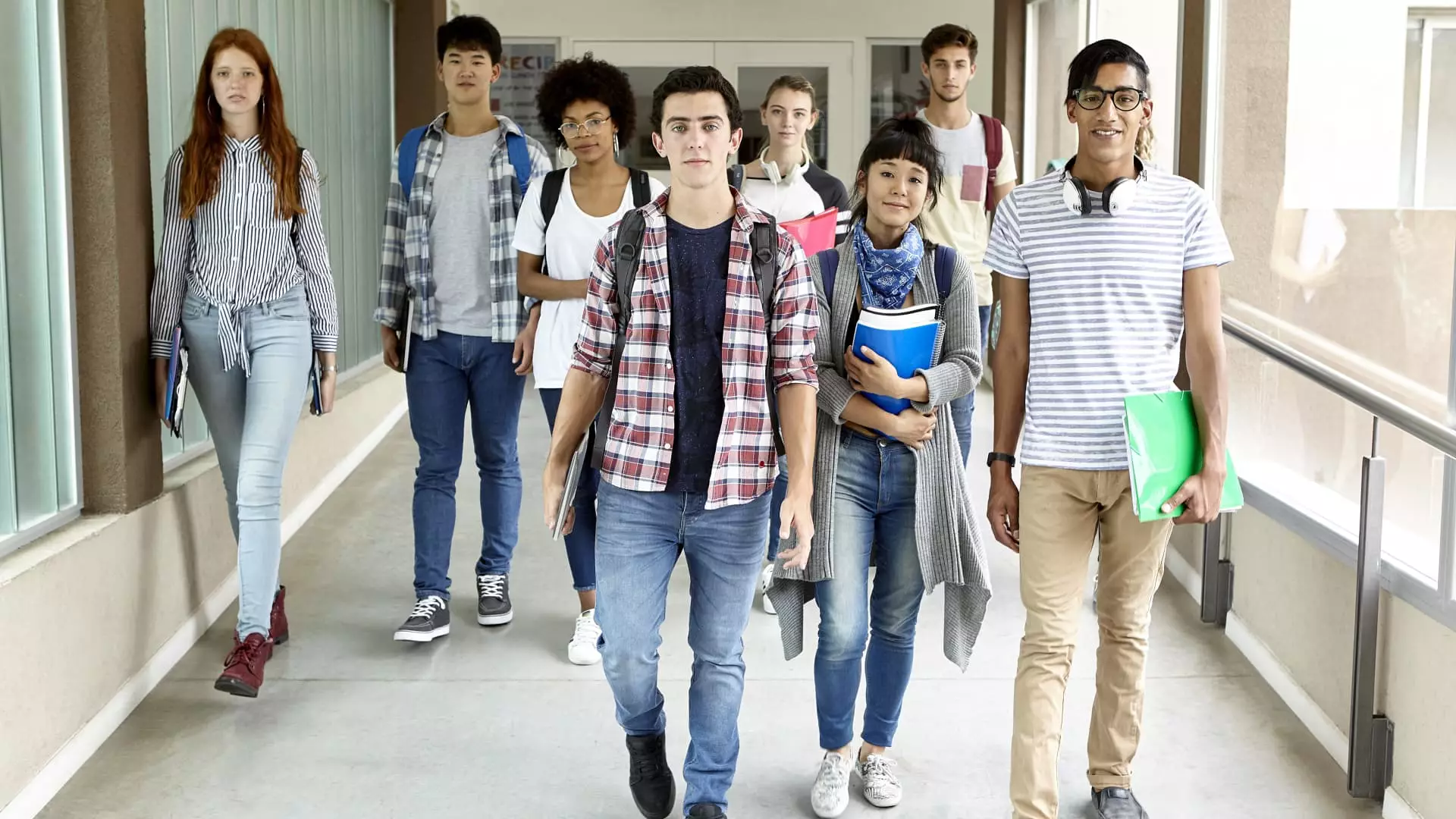Obtaining a college degree is losing its allure, with higher education facing significant challenges. The escalating costs of college tuition and the soaring levels of student debt have caused many students to question the value of pursuing a degree. As a result, fewer students are opting for traditional four-year programs. Recent data from the National Student Clearinghouse Research Center indicates a decline in the number of students earning undergraduate degrees, with a nearly 3% drop observed in the 2022-23 academic year – the most substantial decline on record. The number of students graduating with bachelor’s degrees also hit a decade-low, with a one-year decrease of almost 100,000 graduates.
Conversely, there has been a surge in the number of students earning certificates, reaching a 10-year high, largely due to the popularity of vocational programs. The shift towards these shorter-term certificates can be attributed to students placing greater emphasis on career training and immediate post-college employment opportunities. As students grapple with financial constraints among other factors, fewer are opting for the traditional four-year degree path, leading to an acceleration in the decline of associate and bachelor’s degree earners.
Historically, community colleges served as a cost-effective pathway to a bachelor’s degree or a more accessible route to a four-year college education. However, recent reports suggest that only 16% of community college students ultimately attain a bachelor’s degree. This shift underscores a diminishing role for community colleges as a stepping stone to higher education, posing challenges for lower-income and disadvantaged students. The trend indicates that traditional educational pathways are being reevaluated and redesigned to meet changing student needs and aspirations.
A significant barrier to pursuing higher education is the ongoing issues with the Free Application for Federal Student Aid (FAFSA). The new FAFSA processes have discouraged many high school seniors from applying for critical financial aid, impacting low-income students the most. The FAFSA serves as a gateway to federal aid, including grants that do not require repayment, making it a crucial tool for aspiring college students. However, the current FAFSA application numbers are significantly lower than in previous years, raising concerns about students’ ability to afford higher education without adequate financial aid support.
State funding cuts for higher education have shifted the burden of college costs onto students, leading to substantial tuition increases and making college increasingly unattainable for many families. The current cost of higher education exceeds the financial means of most households, with tuition fees at some institutions approaching $100,000 per year. The steady rise in tuition costs, outpacing inflation rates and income growth, has made college education a privilege reserved for those who can afford it.
The landscape of higher education is undergoing significant changes, with students questioning the value of traditional college degrees in light of soaring costs and limited financial aid opportunities. As the number of students pursuing four-year degrees continues to decline, vocational programs and alternative pathways are gaining momentum as viable options for career-focused education. Addressing the challenges associated with accessing financial aid and mitigating the rising cost of college education are crucial to ensuring equitable and inclusive opportunities for all students seeking to further their education.

Leave a Reply